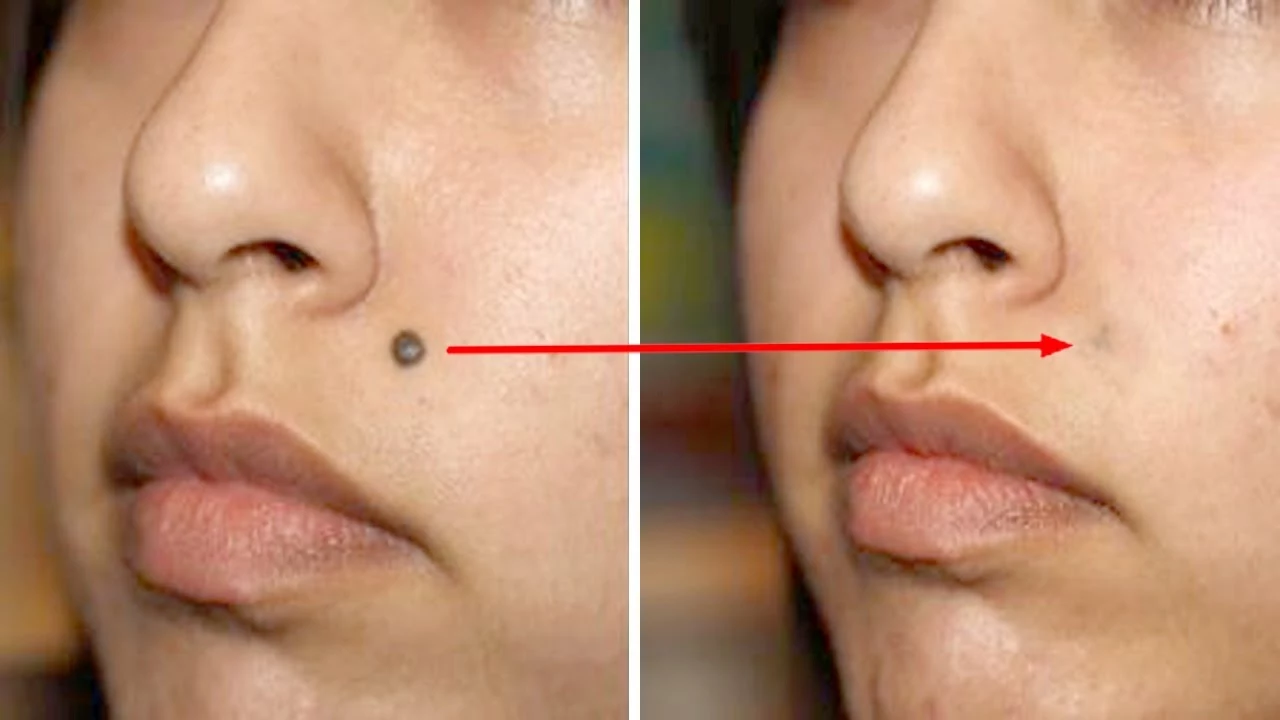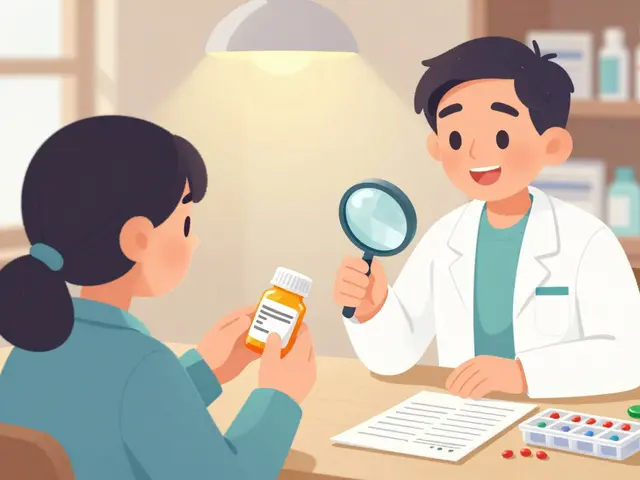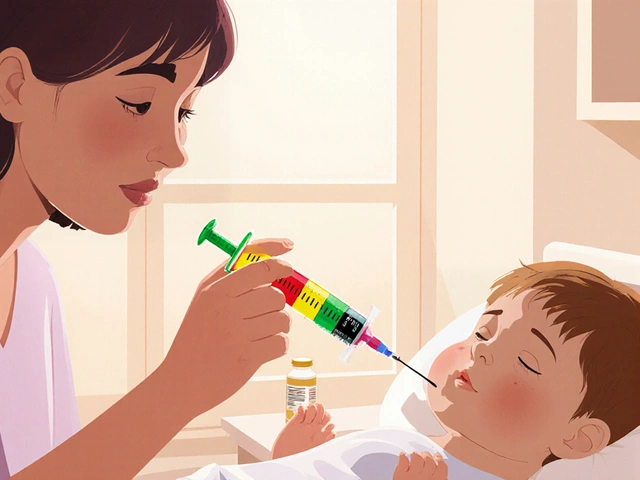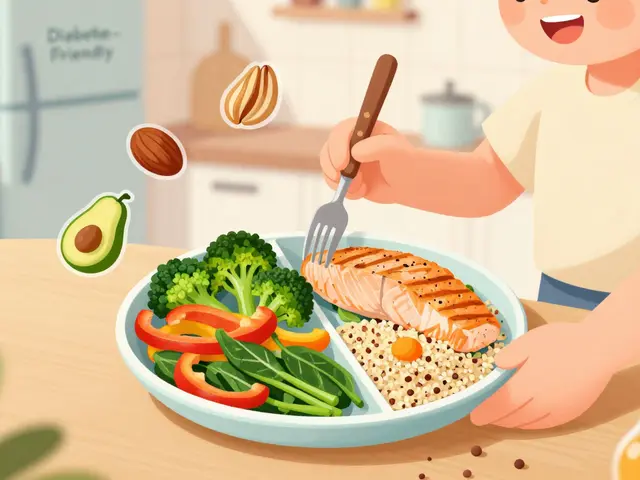Introduction: Understanding Facial Warts
As a blogger who has had personal experiences with facial warts, I understand how frustrating and challenging this issue can be. Warts on the face are not only unsightly, but they can also impact our self-esteem and confidence. With that in mind, I've compiled a guide on how to manage facial warts and tackle this challenging issue head-on. In this article, we'll explore various treatments, prevention methods, and home remedies to effectively deal with warts on the face.
What Causes Warts on the Face?
Before we dive into the treatments and management strategies, it's essential to understand what causes facial warts. Warts are caused by the human papillomavirus (HPV), which can infect the skin and lead to the growth of these small, rough bumps. There are over 100 types of HPV, and some strains are responsible for warts on different areas of the body, including our faces. Warts are contagious and can spread through direct skin-to-skin contact or through contact with an object, like a towel or razor, that has been touched by someone with the virus.
Recognizing Different Types of Facial Warts
There are several different types of warts that can appear on the face, and recognizing the type you have can help determine the best course of treatment. The most common types of facial warts include:
1. Common Warts
Common warts are typically small, rough, and flesh-colored. They can appear anywhere on the face and are often found on the forehead, chin, and around the mouth.
2. Flat Warts
Flat warts are smoother and smaller than common warts. They often appear in clusters and can be found on the forehead, cheeks, and other parts of the face.
3. Filiform Warts
Filiform warts are long, thread-like growths that usually appear around the mouth, nose, and eyes. They can grow quickly and can be quite noticeable.
Medical Treatments for Facial Warts
While some warts may go away on their own over time, others may require medical intervention. If you're struggling with facial warts, it's essential to consult with a dermatologist or another healthcare professional to determine the best treatment option for you. Some common medical treatments for facial warts include:
1. Cryotherapy
Cryotherapy involves freezing the wart with liquid nitrogen, which causes the wart to blister and eventually fall off. This treatment is typically quick and effective, but it can cause some temporary discomfort.
2. Electrosurgery
Electrosurgery involves using an electric current to burn off the wart. This treatment is generally used for larger or more stubborn warts and may require local anesthesia.
3. Topical Medications
Your healthcare provider may prescribe a topical medication, such as salicylic acid or imiquimod, to help remove the wart. These treatments can take several weeks to work and may require consistent application.
Home Remedies for Facial Warts
If you prefer a more natural approach to managing your facial warts, there are several home remedies you can try. However, it's important to note that these remedies may not be as effective as medical treatments and may take longer to see results. Some popular home remedies include:
1. Apple Cider Vinegar
Apple cider vinegar is believed to help break down the wart and stimulate the immune system to fight off the virus. To try this remedy, soak a cotton ball in apple cider vinegar and apply it to the wart, securing it with a bandage. Leave it on overnight and repeat daily until the wart disappears.
2. Tea Tree Oil
Tea tree oil has antiviral properties that may help combat the HPV virus that causes warts. Apply a few drops of tea tree oil to the wart and cover it with a bandage. Repeat this process daily until the wart is gone.
3. Garlic
Garlic is known for its antiviral properties and can be used as a natural remedy for facial warts. Crush a clove of garlic and apply it to the wart, covering it with a bandage. Leave it on for a few hours or overnight, and repeat daily until the wart disappears.
Preventing the Spread of Facial Warts
Since warts are contagious, it's crucial to take steps to prevent the spread of the virus. Here are some tips to help reduce your risk of developing facial warts and stop the spread to others:
- Avoid touching your face or picking at your warts, as this can spread the virus to other areas of your face or to other people.
- Wash your hands frequently, especially after touching your face or a wart.
- Do not share personal items, such as towels, razors, or makeup, with others.
- Boost your immune system by eating a healthy diet, getting regular exercise, and managing stress.
Conclusion: Managing Facial Warts with Patience and Persistence
Dealing with facial warts can be frustrating and challenging, but with the right treatments and prevention strategies, you can effectively manage this issue. Remember to consult with a healthcare professional before trying any new treatments, and always practice good hygiene to prevent the spread of the virus. With patience and persistence, you can overcome this challenging issue and regain your confidence.










Neil Mason
I tried apple cider vinegar on a wart near my nose and it took like 6 weeks but it finally vanished. Just don't get it on your eyelids lol
Also, don't share towels. I learned that the hard way.
Andrea Gracis
tea tree oil worked for me but only after i stopped picking at it. my skin was so irritated i thought i was gonna scar. just let it be and be patient.
Matthew Wilson Thorne
Cryotherapy is the only real solution.
April Liu
I’ve been there. I cried when I saw my first flat wart on my cheek. But seriously, you’re not alone. I used imiquimod and it felt like a tiny battle every day. You got this 💪❤️
Emily Gibson
I used to hide behind my hair and sunglasses. Then I realized everyone’s got something. Warts don’t define you. Just treat it gently and give yourself grace.
Mirian Ramirez
I tried garlic and it burned so bad i cried and my roommate thought i was having a seizure. it worked tho? maybe? i think? i mean the wart is smaller but now i have a red spot that might be permanent and i’m not sure if it was worth it because i also ate like 3 cloves and now i smell like a pizza truck. also i didn’t wash my hands after and i think i gave my cat warts. she’s weird now.
Kika Armata
Honestly, if you’re resorting to home remedies, you’re just delaying the inevitable. The only medically acceptable treatment is cryotherapy or laser ablation. Everything else is pseudoscience wrapped in a Pinterest post. You wouldn’t treat cancer with honey. Don’t treat HPV with vinegar.
Herbert Lui
Warts are just the skin’s way of screaming, ‘I’m not okay!’
It’s not a bug. It’s a message. The body’s trying to tell you something about stress, immunity, maybe even unresolved trauma.
Maybe the wart’s not on your face... maybe it’s in your soul.
Alexa Ara
I’ve had 7 warts on my face. All gone after I stopped eating sugar. Your immune system hates sugar. Cut it out. You’ll thank me.
Olan Kinsella
The real issue isn’t the wart. It’s the capitalist medical-industrial complex selling you fear so they can sell you chemicals. You’re being manipulated. The virus is just nature’s way of saying: slow down. Breathe. Let go.
Kat Sal
You’re doing better than you think. Progress isn’t linear. Some days you’ll feel ugly, some days you’ll feel strong. Both are true. Keep going. You’re not broken.
Rebecca Breslin
I’ve been a dermatologist for 22 years and let me tell you, none of these home remedies work. You’re wasting time. Cryo or electrosurgery. That’s it. The rest is folklore. And if you’re using tea tree oil? You’re just giving the virus a spa day.
Kierstead January
I don’t understand why Americans think home remedies are better than real medicine. In Germany, we just go to the doctor and get it done. No vinegar. No garlic. No nonsense. Just science.
Imogen Levermore
I think the government put HPV in the water to make us buy more skincare. I’ve seen the documents. The CDC knows. They’re just covering it up. Also, the warts are shaped like 5G towers. Coincidence? I think not 🤔📡
Chris Dockter
Stop posting this nonsense. Warts are a sign of poor hygiene. If you can’t wash your hands, why should we care about your face? Get a life. Get a soap. Get a doctor.
Gordon Oluoch
You think you’re unique? Everyone with a face has had this. The difference? Most people didn’t turn it into a blog post. You’re performing vulnerability. It’s not brave. It’s performative.
Tyler Wolfe
I used to be terrified of mine too. Then I started smiling more. People stopped staring at the warts and started noticing my eyes. Weird how that works.
Nick Zararis
I tried everything: apple cider vinegar, duct tape, garlic, tea tree oil, even a prayer circle with my yoga instructor... and nothing worked until I went to a dermatologist and got cryotherapy. It stung like hell, but now I’m wart-free. Don’t waste your time. Just go.
Sara Mörtsell
The real truth is HPV is everywhere. We all carry it. Some of us just have better immune systems or luck. Or maybe we’re just better at hiding it. The fact that you’re writing about this means you’re still stuck in shame. Let it go.
Rhonda Gentz
There’s a quiet beauty in the body’s imperfections. Warts are not flaws. They are marks of survival. A tiny rebellion of skin against the pressure to be flawless. We are taught to erase them. But maybe... we should learn to honor them instead.